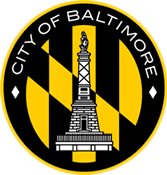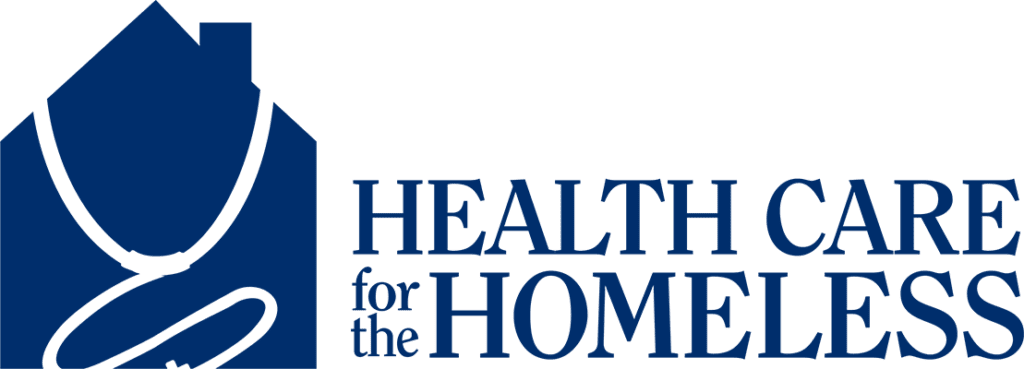
In the fall of 2020, Baltimore City’s Mayor’s Office of Homeless Services (MOHS) needed improved quality housing inspections and an efficient way to track and access available housing units for their Rapid Rehousing program. Previously, Baltimore had a very small Rapid Rehousing program that relied heavily on a single non-profit to engage clients, identify properties, and get clients rehoused.
COVID and an influx of federal funding created an urgent need for increased capacity. Baltimore had placed over 500 individuals experiencing homelessness in local hotels to protect them from COVID. ESG-CV Rapid Rehousing funds provided an opportunity to provide housing to many of them.
In the traditional Rapid Rehousing program, approximately 80% of units failed the first HUD habitability inspection. There was also a need for a larger inventory of units, which required outreach to new property owners who were unfamiliar with or may have been reluctant to participate in a subsidy program.
There was no existing inventory of available units in Baltimore City with landlords that accept subsidies and were interested in participating in the rapid rehousing program.
The traditional inspection process took at least a week and, in some instances, over a month because it was conducted in person, on paper, and the approval process was done by fax or mail.
There were barriers to live, in-person inspections, due to COVID and access of properties.

The Baltimore team learned that delayed inspections resulted in months of lost rent to landlords, and Property Inspect was attractive because property owners could conduct self-inspections, which expedited the move-in schedule. The use of Property Inspect incentivised new property managers with higher-quality properties to participate in the program, which resulted in most properties passing the inspection the first time.
Easily upload housing inventories using CSV files. Properties and units can be tagged by availability, location, number of bedrooms, etc., to enable easy searching. Having a centralised housing database helped case managers identify appropriate housing options for clients’ unique needs and provided clients more visibility into their options. Clients are involved in the process from the start and can look for units that are close to their work, family, school, etc.
Property Inspect digitised key documents, including HUD’s Habitability Checklist, and allowed for uploads of photos of rental licenses and lead inspections. Property Inspect allowed for remote inspections to be conducted or on-site inspection via a phone or tablet, all with video and photo capabilities that gave Baltimore’s program staff oversight into inspections and unit quality.
When a unit is selected, an inspection can be done the next day. Once the inspection is completed, it is available for approval and sends an email notification to a supervisor to review, moving a process from one month to a few days.
Property Inspect can track by the service provider, by a person, or by unit, allowing Baltimore’s staff to have visibility over inspections. Staff could easily pinpoint where processes were stalled, and identify who is responsible. All required HUD approval paths were automated, which tracked and timestamped all activity, creating a virtual record and audit trail for every housing unit, its inspection, and approval.
Property Inspect had great customer service and quality training. It customized its product to meet Baltimore’s needs and enabled the program to become operational quickly. Property Inspect held multiple training sessions for all system users and responded to all inquiries within 24 hours. Since Baltimore started using Property Inspect, it has entered nearly 500 new properties into the system, conducted 290 inspections that have led to the housing of 98 homeless individuals in less than six months. Baltimore would not have been able to achieve this rate of rehousing without Property Inspect. It has been so successful that the Mayor’s Office of Children and Family Success and the United Way of Central Maryland will be using it for their eviction prevention.
